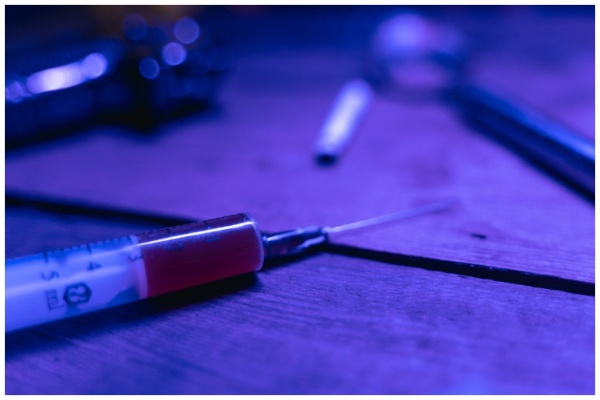Report shows pervasive nature of campus drug use

The recent report from the anti-drug abuse agency NACADA has cast a stark light on the escalating issue of drug use among university students in Kenya.
Alarmingly, the report identifies friends as primary sources of drugs for the youth. This revelation not only underscores the pervasive nature of substance abuse within academic institutions but also highlights the complex social dynamics that facilitate this crisis.
According to NACADA’s latest survey, “Status of Drugs and Substance Use in Universities, 2024”, friends were the main (66.4 percent) sources of drugs; canteen/bar/premises within the neighbourhood (59.3 percent); fellow students within the institution (56.0 percent); online purchasing over websites or social media (39.4 percent); canteen/bar/premises within the institution (28.0 percent); support/non-teaching staff (11.4 percent); and lecturers/teaching staff (7.0 percent).
The identification of friends as a major conduit for drug access is particularly troubling. Peer influence during university years is profound, as students often seek acceptance and a sense of belonging.
In environments where drug use is normalised or even glamorised, the pressure to conform can lead individuals to experiment with substances, often with little regard for the potential consequences. This peer-driven initiation into drug use not only endangers the individuals involved but also perpetuates a culture of substance abuse within the student community.
The study further reveals that one in every two university students has used alcohol. One in every 17 university students (5.8 percent) had moderately severe depressive disorders and another one in every 29 of university students (3.5 percent) had severe depressive disorders.
Results revealed that female students had a higher prevalence of moderately severe (6.4 percent) and severe (4.1 percent) depressive disorders compared with their male counterparts at 5.2 percent and 3.0 percent, respectively.
The study also showed that students at private universities had a slightly higher prevalence of moderately severe (6.2 percent) and severe (3.8 percent) depressive disorders compared with students at public universities at 5.5 percent and 3.4 percent respectively.
There are a few ways to address this challenge. First, there is a need for robust prevention and management programmes tailored specifically to university students. These programmes should aim to amplify protective factors, such as resilience and healthy coping mechanisms, while reducing risk factors associated with drug use.
Implementing evidence-based interventions can equip students with the knowledge and skills to resist peer pressure and make informed decisions regarding substance use.
Second, the role of university administration is pivotal. Institutions must establish and enforce strict policies against drug distribution and use within their campuses.
Regular training and sensitisation programmes for both staff and students can help in identifying and addressing drug-related issues promptly. Moreover, creating a supportive environment where students feel comfortable seeking help without fear of stigma or retribution is essential for effective intervention.
Parents and guardians also play a crucial role in this endeavour. Maintaining open lines of communication with their children and being vigilant for signs of drug use can facilitate early detection and intervention.
— The writer is Manager for corporate communications at Nacada













